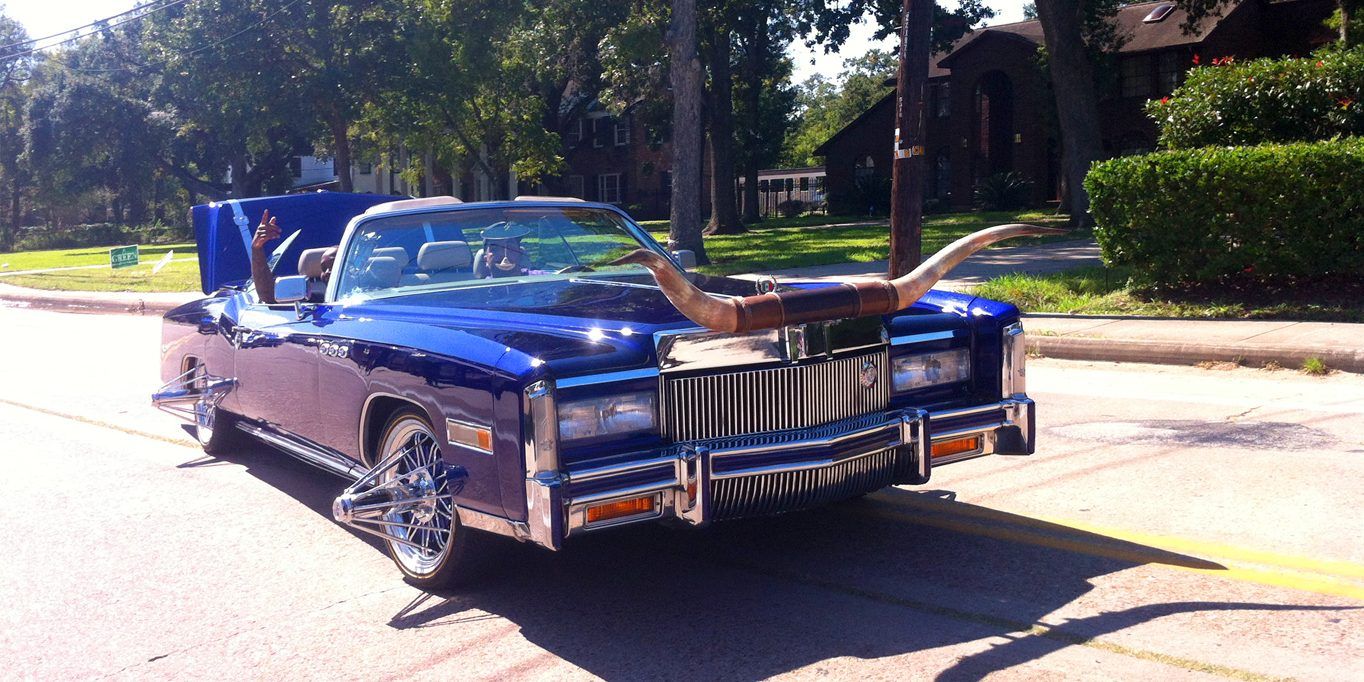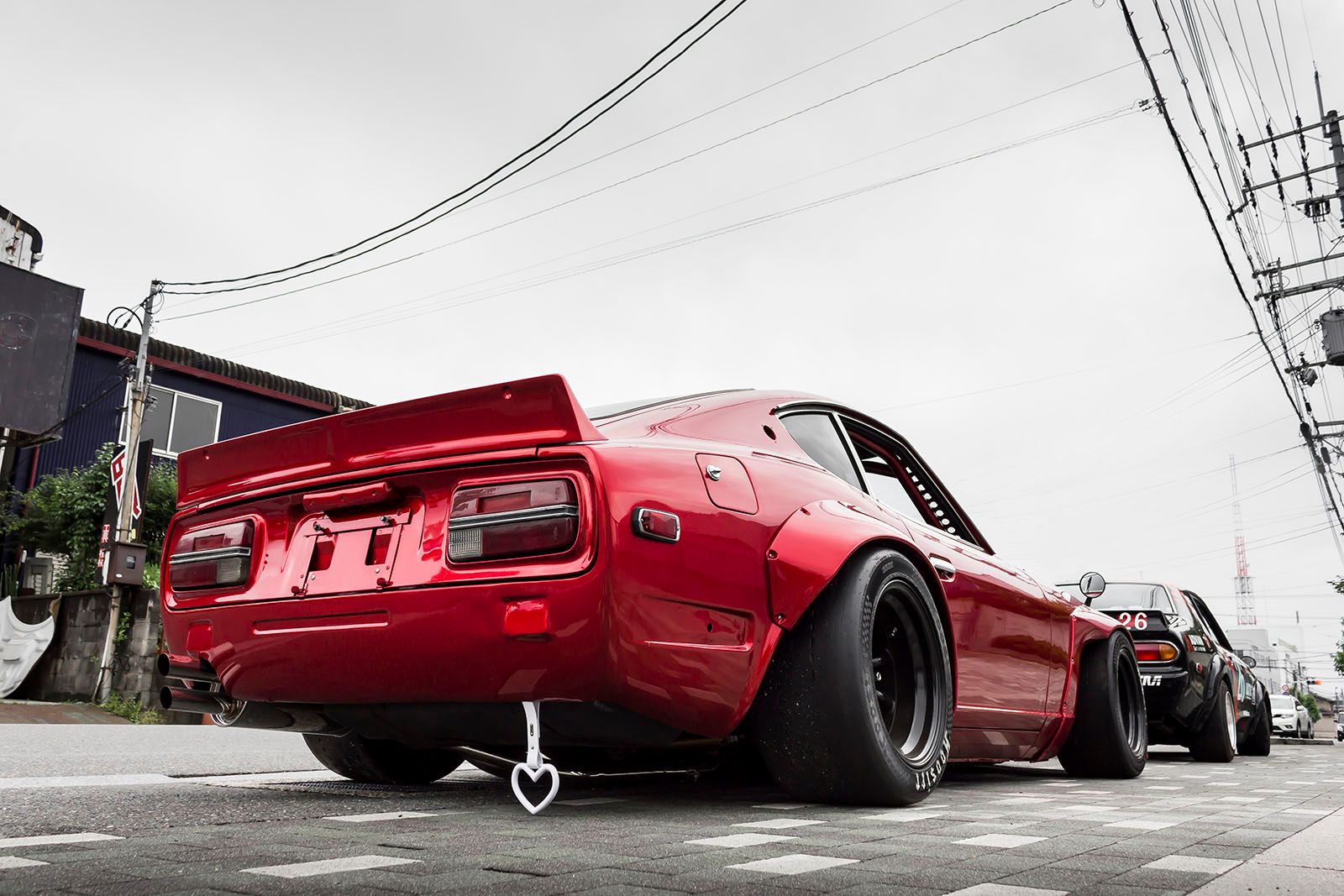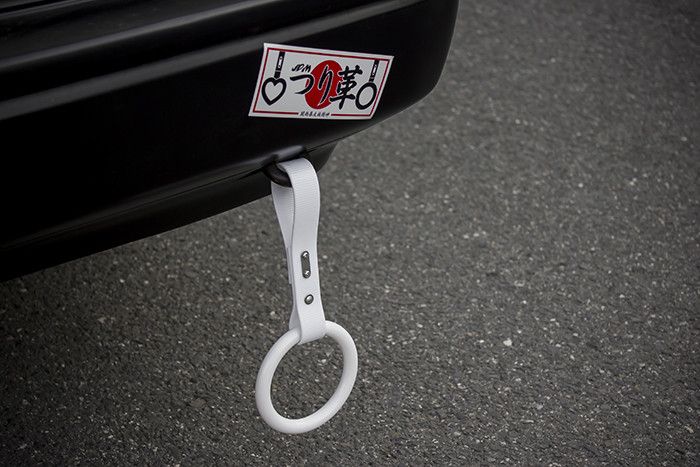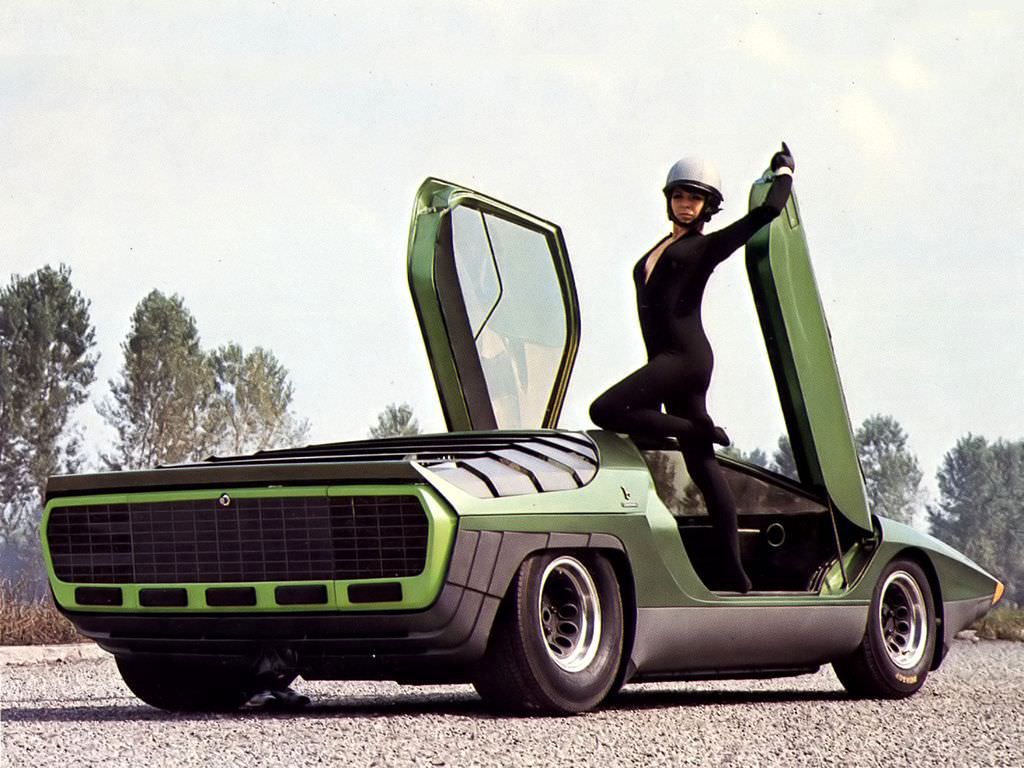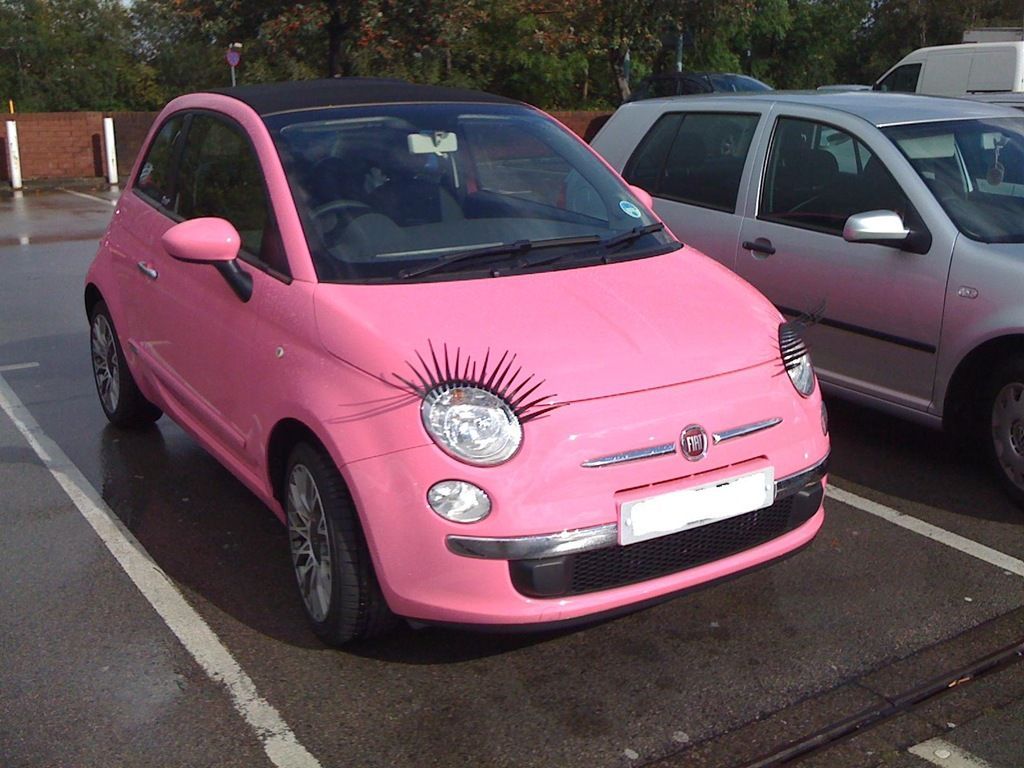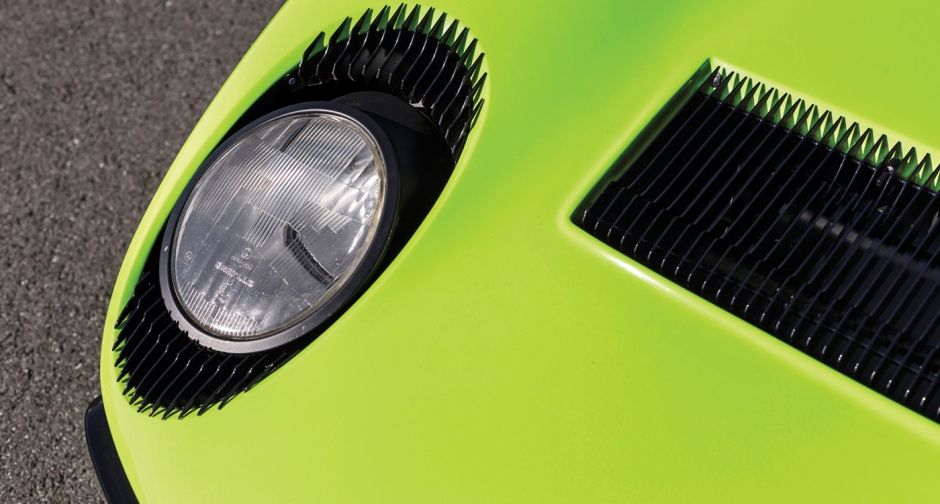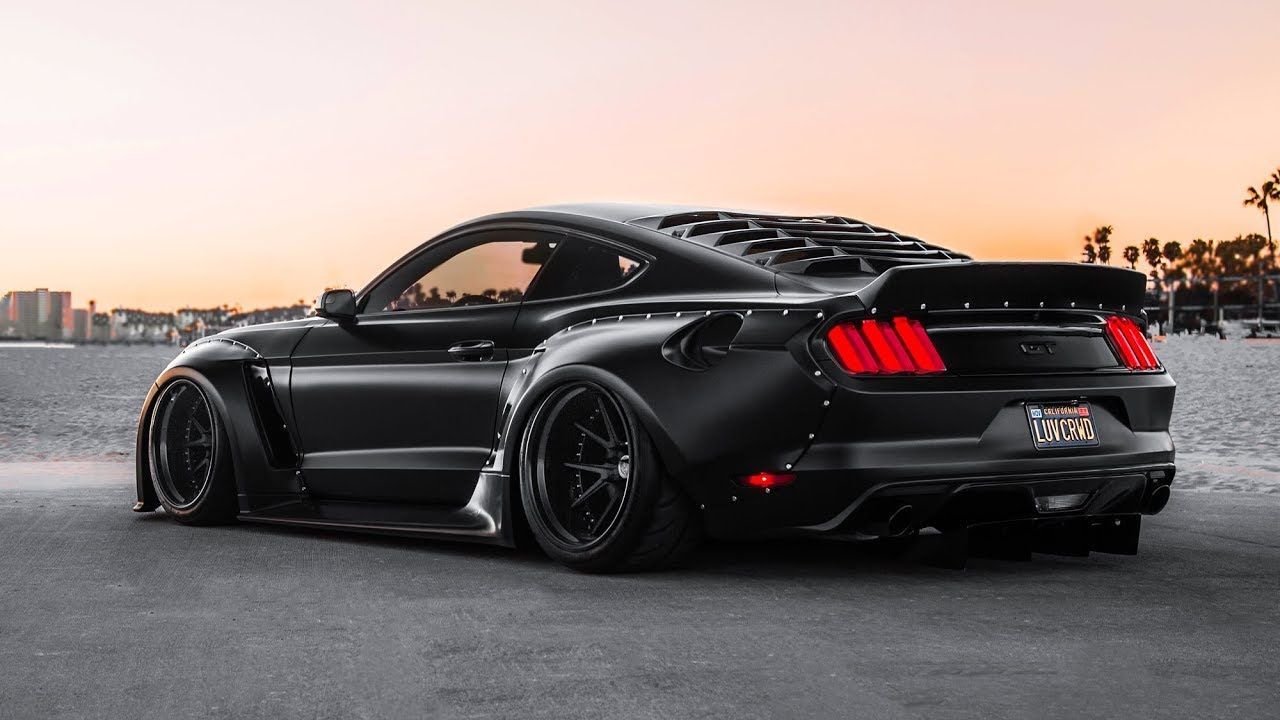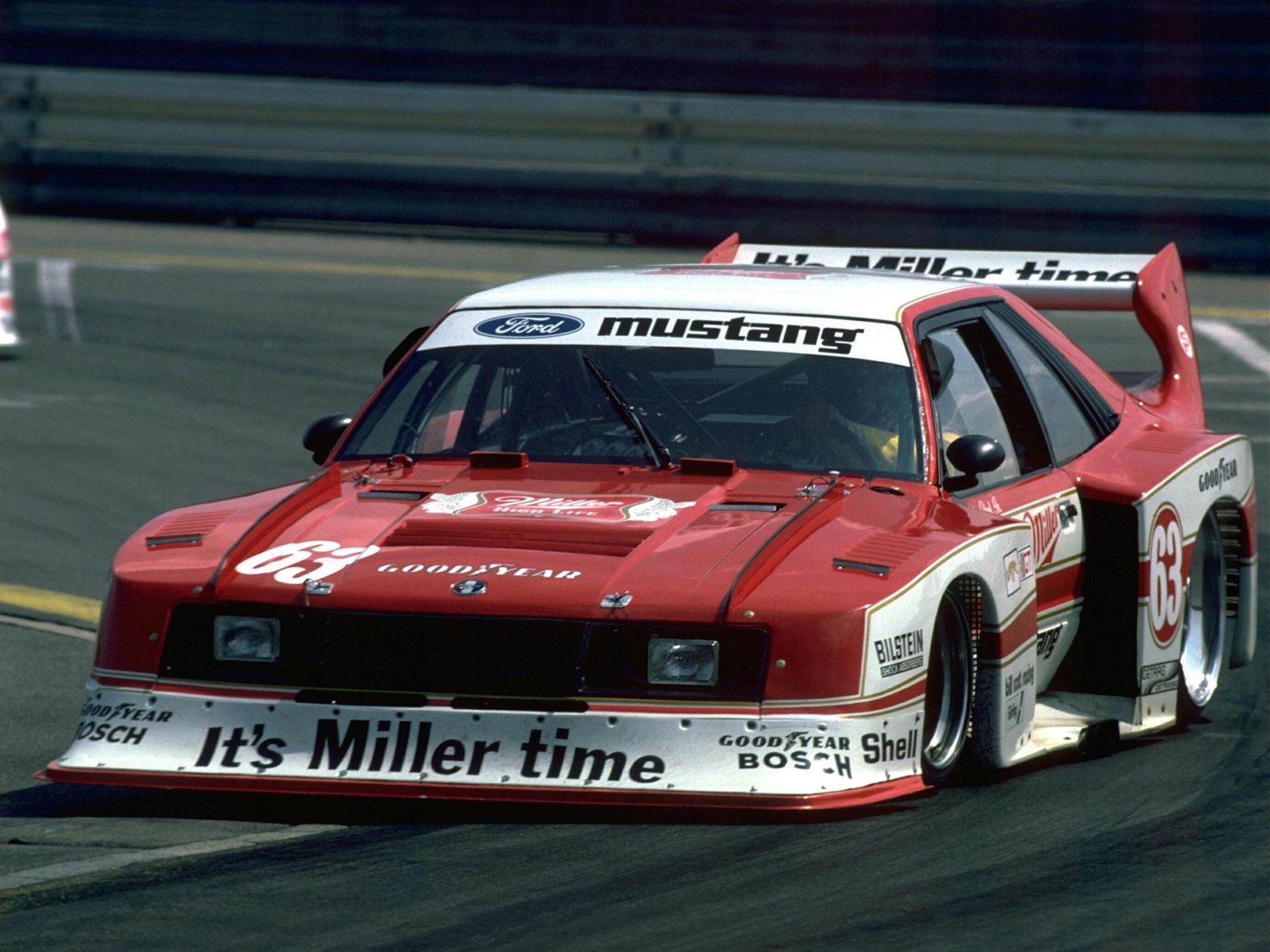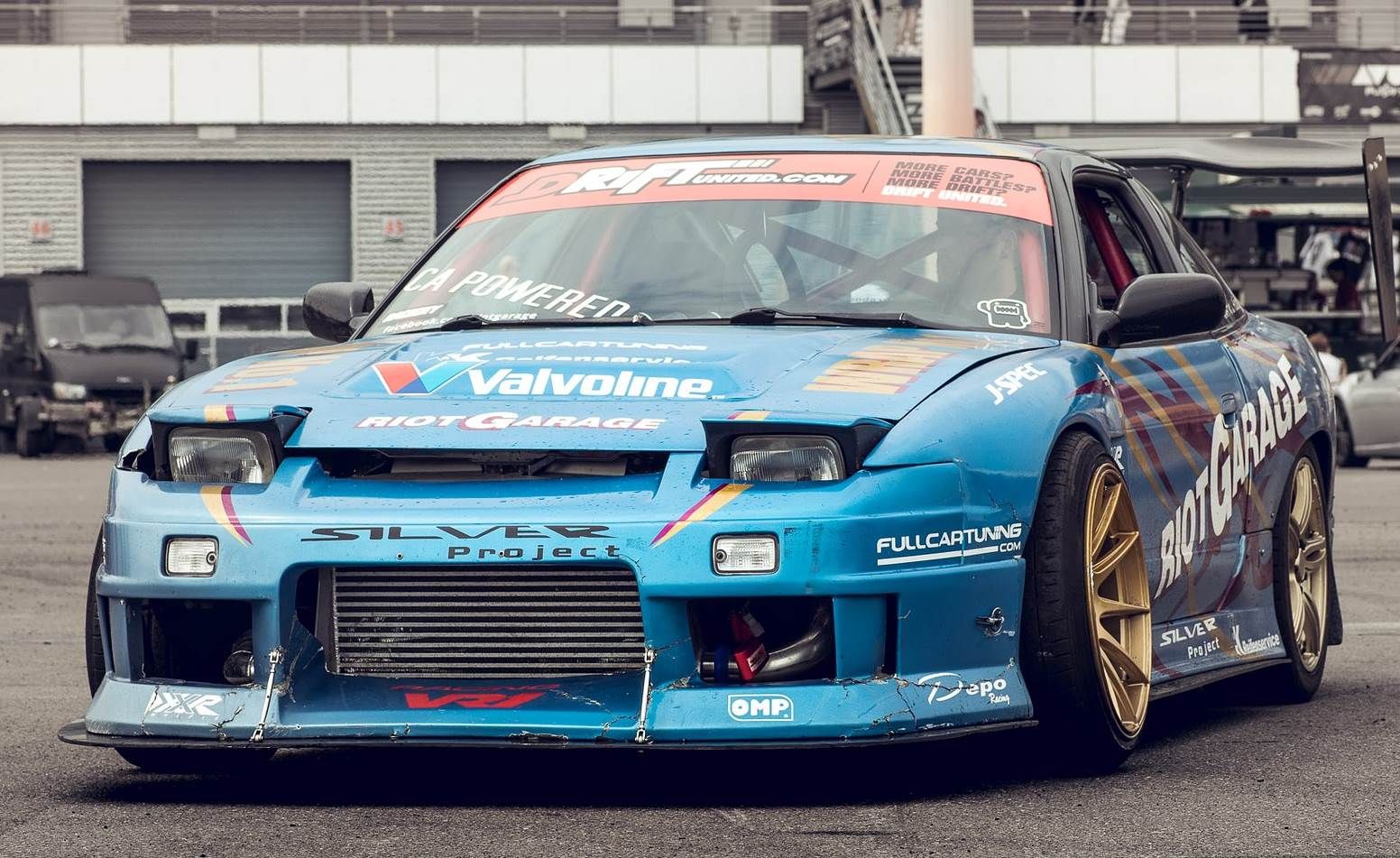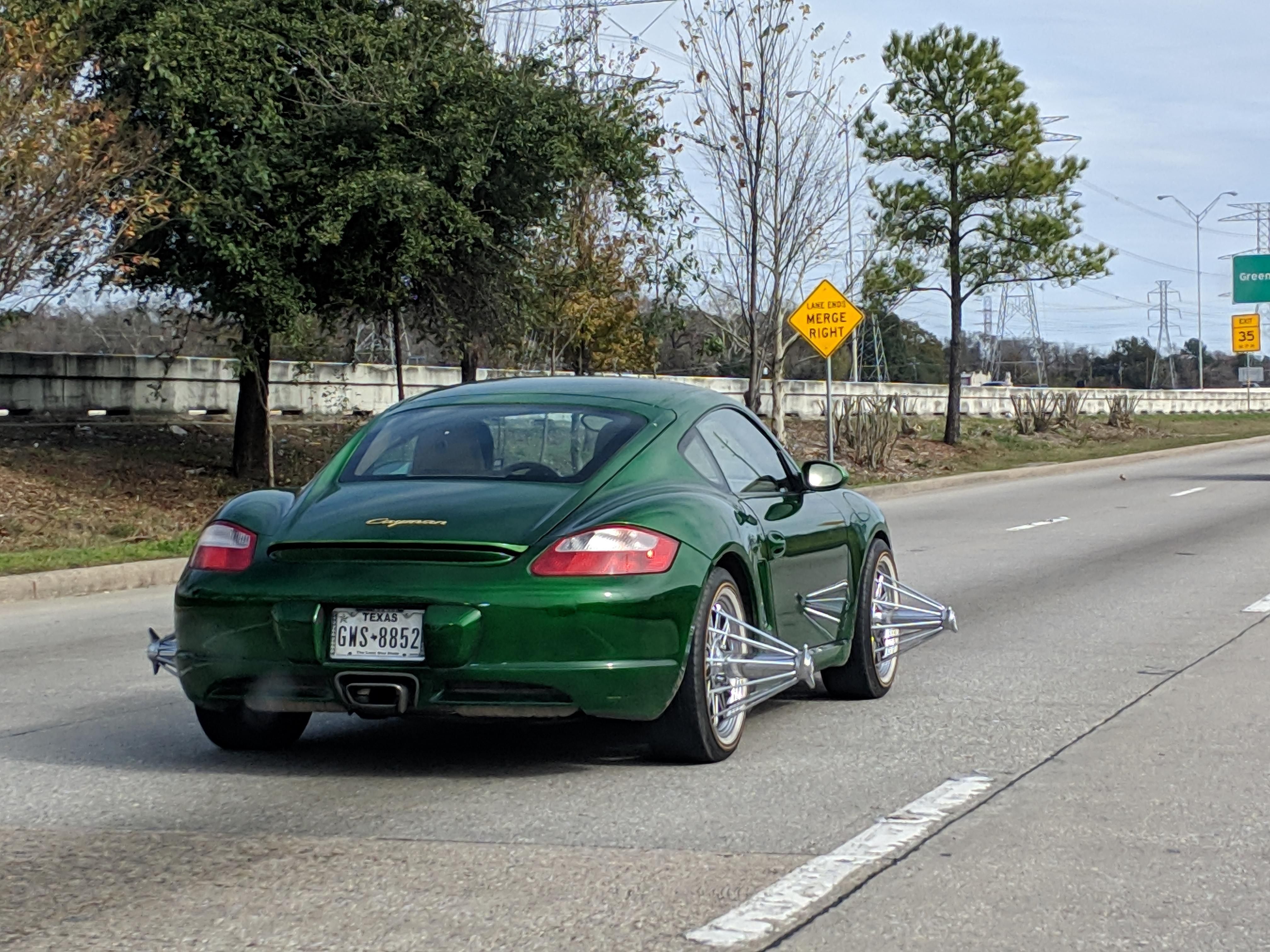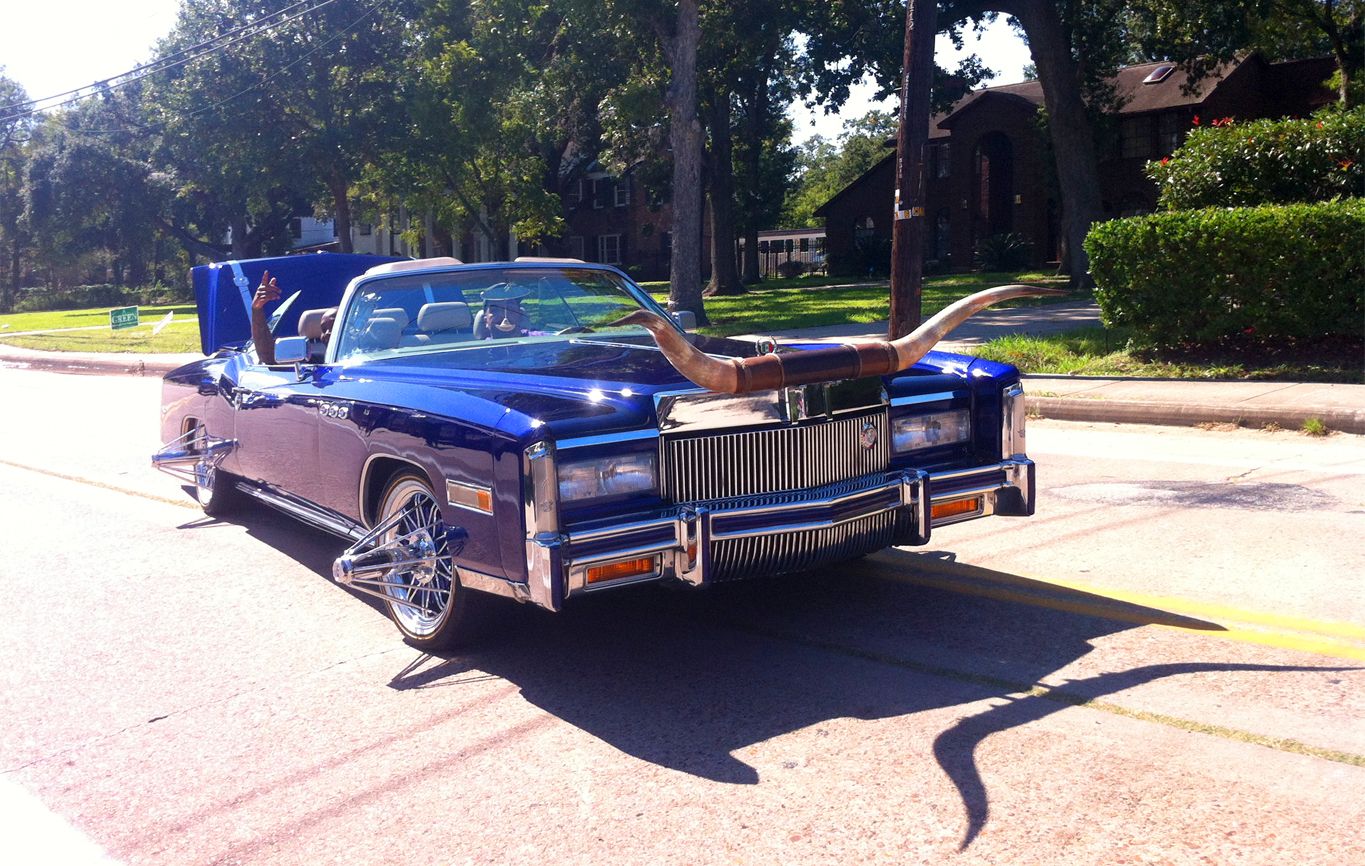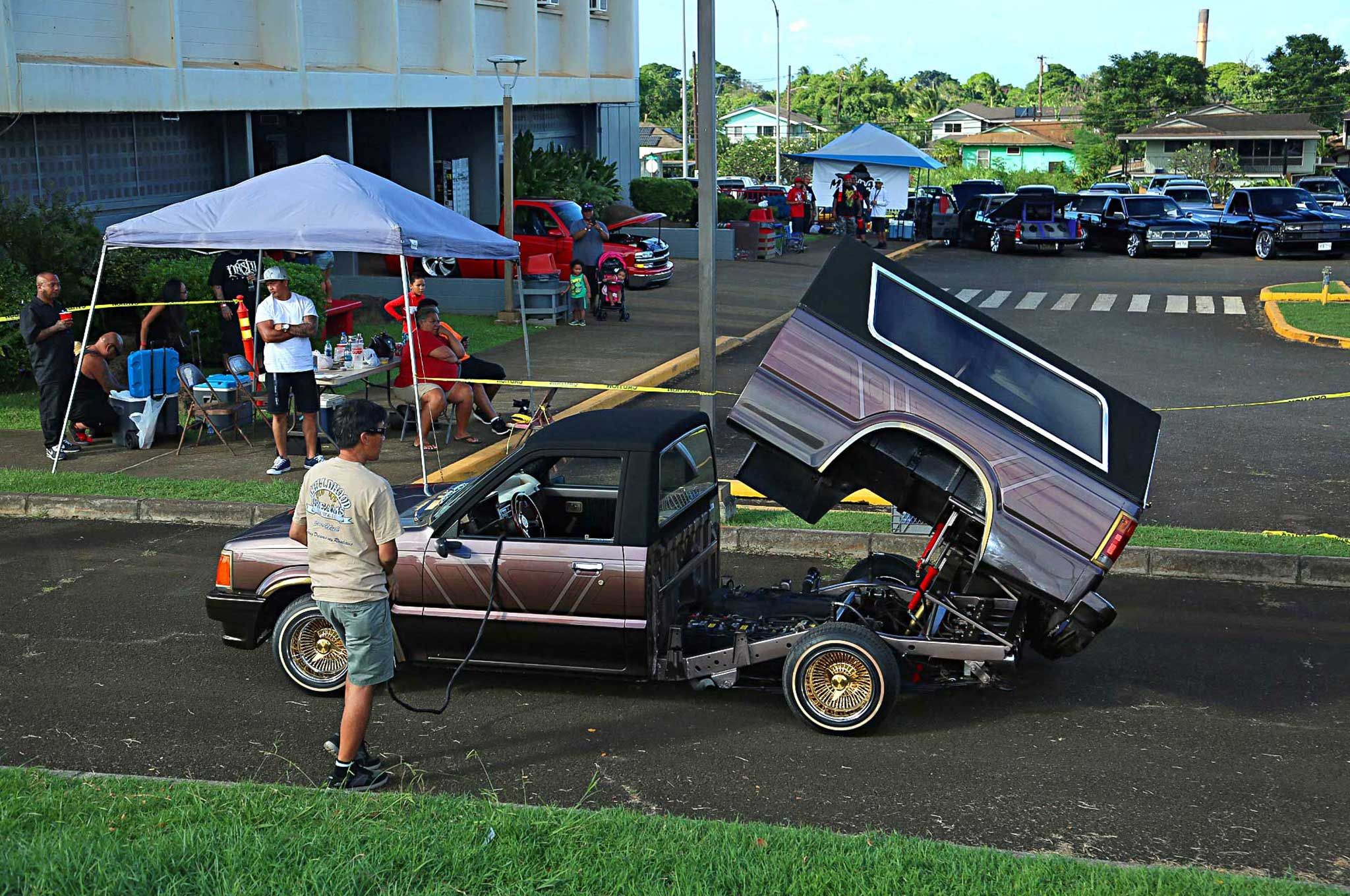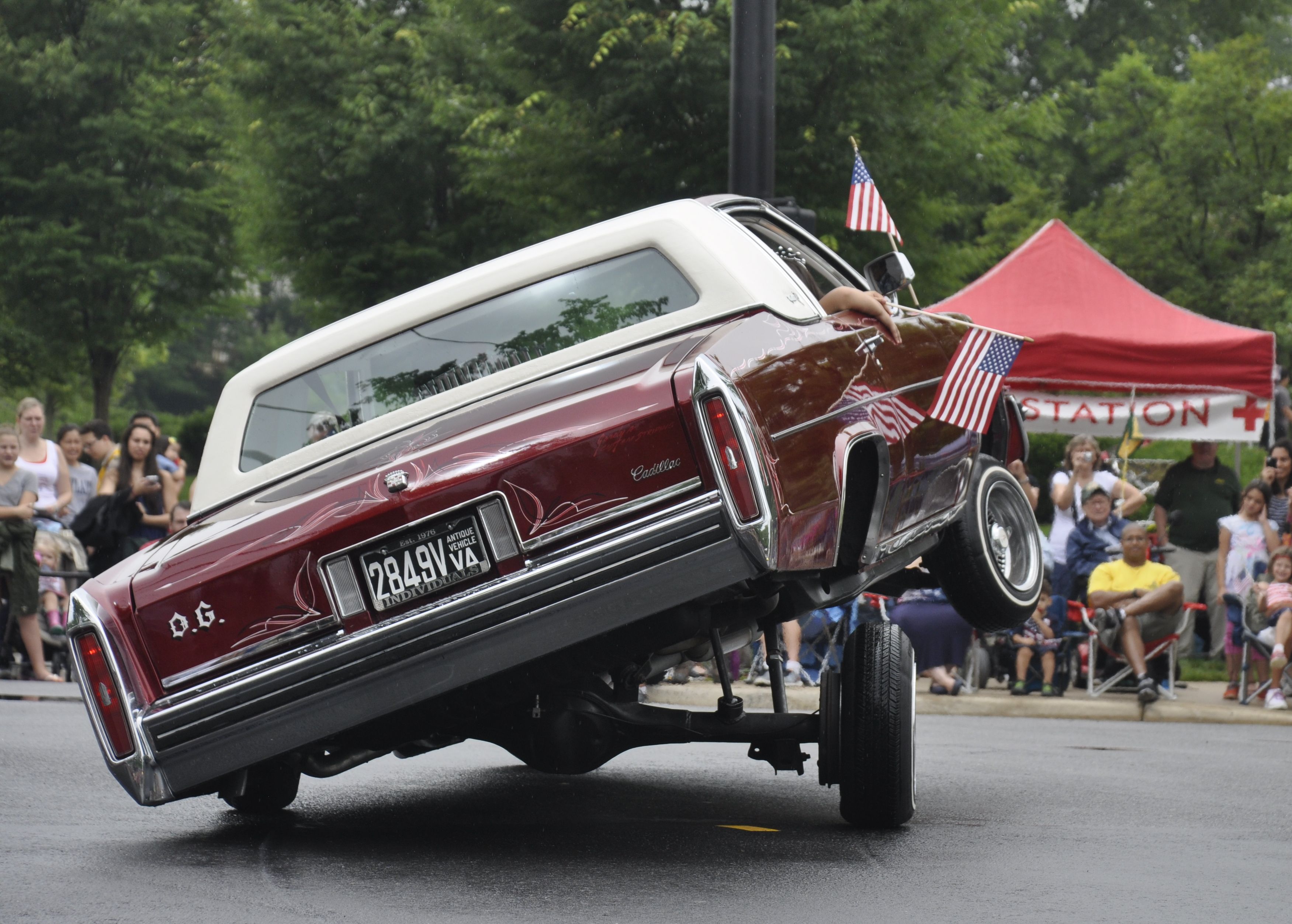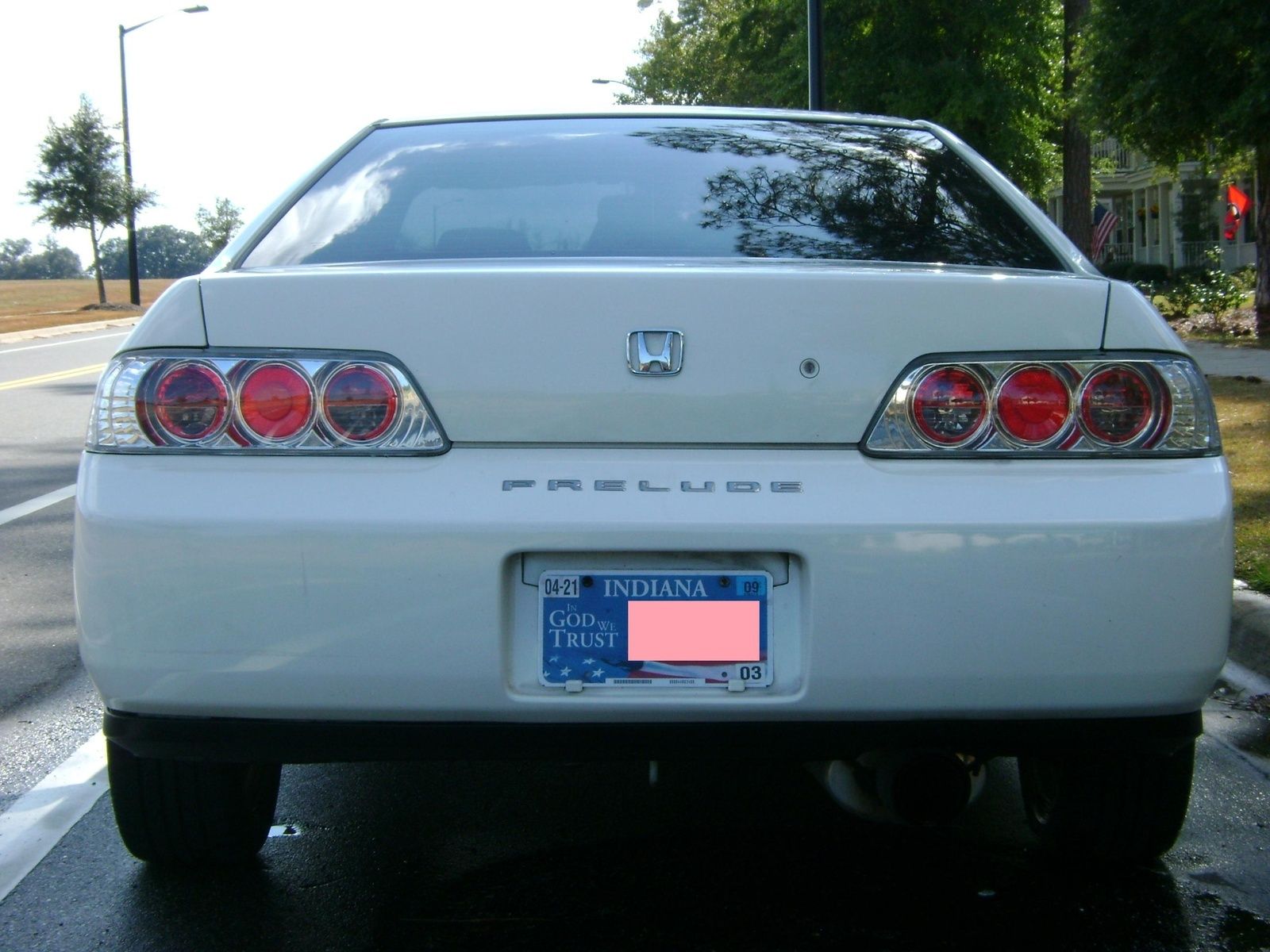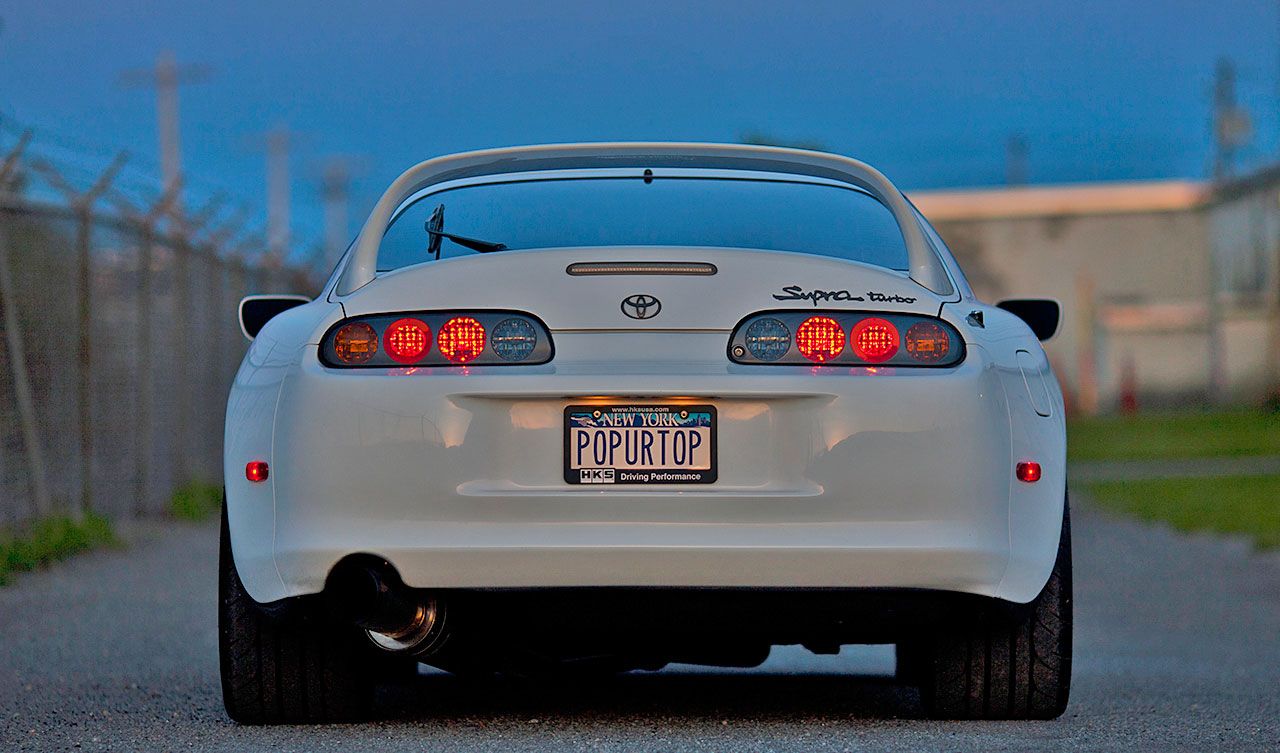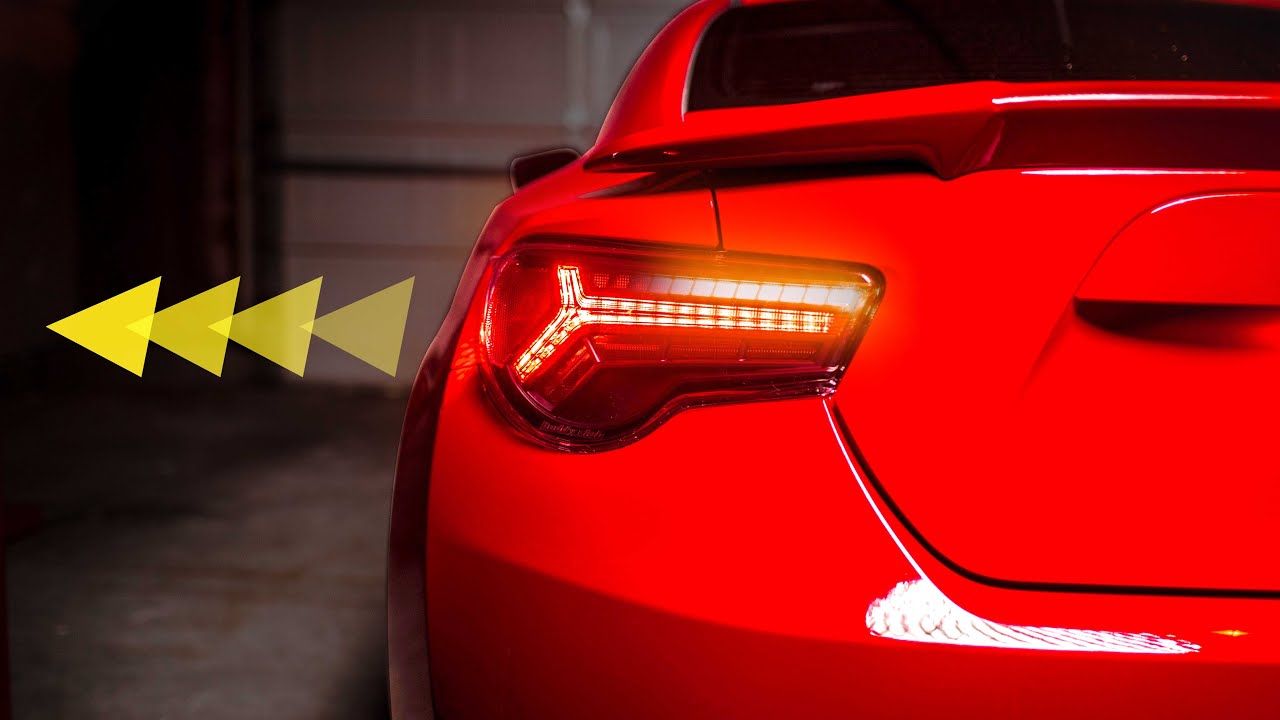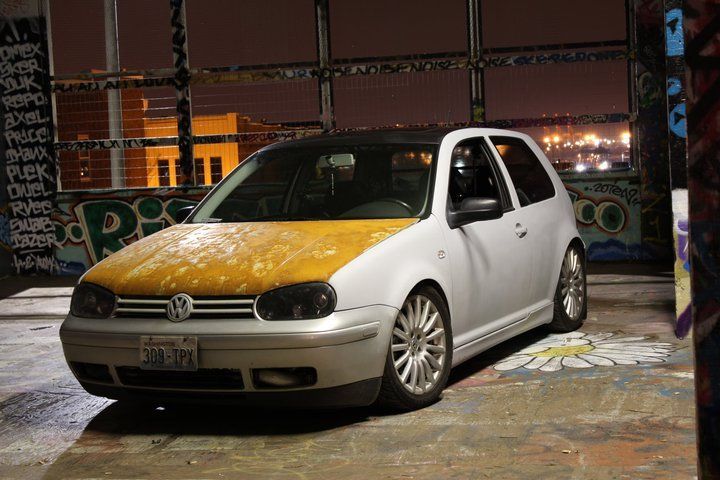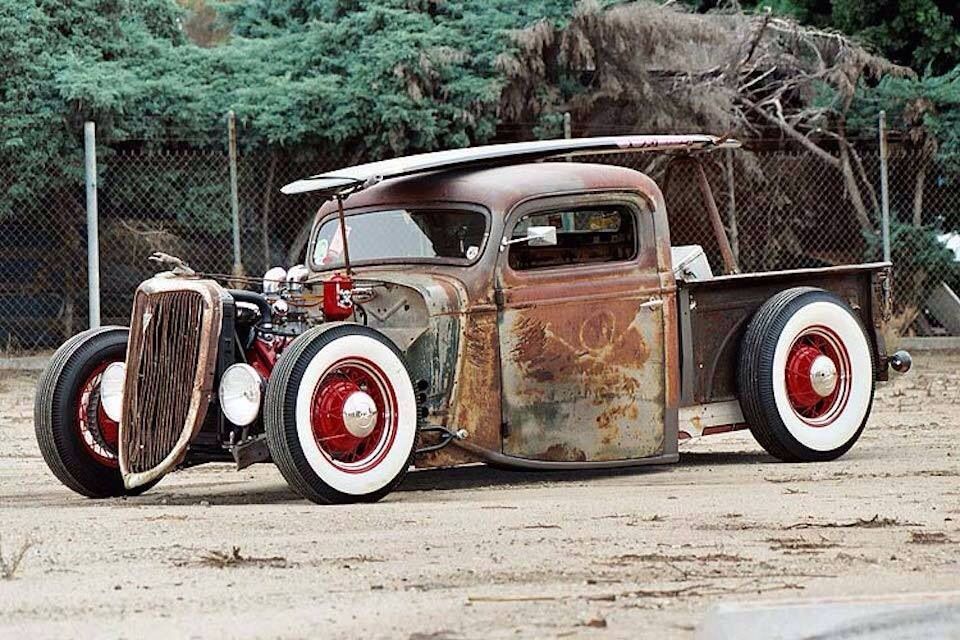Almost every car enthusiast has planned to or dreamed about modifying their car at one point or another. It's a natural choice really, letting you put your own personal touches on a car, and improve the driving characteristics of it to your liking at the same time. Beyond that too, a comprehensively modified car can become a completely unique vehicle, almost to the point that it's unrecognizable from the stock car that lies underneath.
But, like anything in life, modifications often rely on existing things for inspiration, forming trends that in turn inspire others to unleash their own creativity through it. These trends have to come from somewhere though, and especially with car modifying, there's usually either a certain car or a certain subculture that brings them to life. Among the strangest of these car modifying trends, these 10 have some of the most surprising origins.
10 Tsurikawa - Stolen Subway Handles
Spend enough time looking at custom JDM cars, and you're almost guaranteed to see an example of this odd modification hanging off of one. Either attached to a car's rear tow hook, or interior grab handle, Tsurikawa are a piece of flair with delinquent origins.
Literally translated as "hang leather," Tsurikawa in Japanese can refer to the hanging handles inside a subway car. Japan's OG group of motorized gangsters, the Bosozuku are notorious for building some of the most outrageous modified cars, with wild aesthetic style being the name of the game. As part of this, and to show how little they cared about authority, Bosozuku members would steal Tsurikawa from subway trains, and strap them on to their cars. From there it became a part of JDM modifying culture, and many companies today produce them with their own unique designs so that you can get your own without having to commit petty theft.
9 Scissor Doors - A Lack Of Rear Visibility
At one point an ultra-exotic feature found solely on Lamborghini's supercars, scissor doors came into their own as a modifying trend and can be seen installed on many cars that are decidedly less exotic than a Lambo. While trying to mimic such desirable machines is a fairly obvious goal, why exactly did Lamborghini use them in the first place?
While intertwined with the marque, the scissor door's first notable appearance was with a Bertone designed Alfa Romeo - the 1968 Carabo concept (pictured above). Designed by Marcello Gandini, who had recently given shape to the Lamborghini Miura, the Carabo was meant to be a forward-thinking supercar and to overcome its virtually non-existent rear visibility used upwards swinging doors so that the driver could lean out of the car and look back while in reverse. Seeing their first production use on the Countach for that exact same reason, the unique doors turned into a hallmark of the dream-worthy Italian exotics and became a way to make otherwise unremarkable cars stand out, for better or for worse.
8 Car Eyelashes - The Lamborghini Miura's Headlights
Not a serious modification, but one that stands out dramatically, car eyelashes are a hilarious addition you may have seen before on the road, typically stuck on to cute cars like a Mini Cooper or VW Beetle. Despite their current associations, these eyelashes were inspired by yet another legendary Lamborghini - the Miura.
While yes, the concept of eyelashes obviously comes from humans rather than cars, the inspiration for using them on a car can be traced to the 1966 Lamborghini Miura. A car that defined what a supercar should be, many styling elements on the Marcello Gandini designed Miura are absolutely iconic. Among them, the area surrounding its headlights are filled with thin strakes that look like human eyelashes. While not quite as literal in form as car eyelashes are today, the Miura can be credited as the inspiration for this modification.
7 Widebody Fender Flares - Racecar Body Design
One of the hottest aesthetic touches, and a staple of modified cars for decades, prominent fender flares add some serious aggressiveness to a car's looks. While not entirely functional on all builds, these wide fenders, whether incorporated into a full widebody kit or used as standalone pieces, had their origins with racetrack functionality.
With high power, and ultimate grip being the goal, many racecars need huge sticky tires to lay down their power and corner at high speed. When using a production car as their basis, modification to the body design was needed to properly house these beastly bits of rubber, and wide aggressive fenders were used to do so. Not so much hinging on single car, those in the modifying scene who similarly needed bigger tires to lay down power took inspiration from racecars that did the same. Evolving over the years with a focus on the aesthetic side as well, beefy fender flares became a go-to modification for fitting an aggressive wheel setup, whether functionality based or not.
6 Demon Camber - Drift Cars
One of the non-functional ways fender flares are used to fit non-standard tires, Demon Camber is a style most car enthusiasts have probably seen before, either being mocked or praised for the ridiculous and extreme style it creates.
Simply put, Camber is the angle your wheels tilt at, with negative camber meaning the top of the wheel tilts towards the body. A common practice for drift, and many race cars, negative camber can increase grip when turning sideways into a corner, something drift cars do constantly. Typically running around 4 degrees of negative camber, the tilted wheels of flashy and wild drift cars became an inspiration that was taken to the extreme, with Oni Kyan (Japanese for Demon Camber) becoming a game of who can stand out the most, with camber as ridiculous as negative 20 degrees.
5 Swanga Wheels - Houston Hip Hop
The first thought many people have when seeing these Roman chariot style wheels is of whether or not they're even legal. Ignoring the legality, "Swangas" have one of the most unique looks of any wheels out there, for better or for worse.
A city with a unique style of hip hop, Houston rappers popularized a sort of sibling to the LA born Lowrider scene, called a SLAB - standing for Slow Loud And Bangin'. Based on '70s over-the-top custom cars seen in "Blaxploitation" films, SLABs formed a unique culture compared to proper Lowriders, with more acceptance of modern cars while still favoring the old-school big American cruisers. What defines a SLAB though, is the candy paint, low stance, flashy aesthetic touches, giant sound-systems, and most importantly the Swangas. Seen as an essential piece to be considered a SLAB, Swanga wheels made their way onto other cars in H-Town thanks to their stand out style and hip hop associations.
4 Dancing Beds - Lowrider Hydraulics
Another modification style related to Lowriders, the dancing pickup bed is mostly seen on smaller pickups decked out in true Lowrider fashion, but with the bouncing hydraulics used to make the bed dance in a highly entertaining display.
One of the most distinct features that make a Lowrider stand out at car shows and while cruising low and slow, hydraulics are used to make the car hop around, adding to the unique style that makes them so iconic. Carried over to Lowrider trucks, typically mini-trucks like the Chevy S10 or Datsun 620, the bed of the truck is separated from the body and decked out with those complex hydraulic systems to make it lift up and dance around, with much more complicated movements than the typical Lowrider hop.
3 Altezza Lights - Toyota Supra And Lexus IS300
A trend that died off almost completely in the late 2000s, those who remember the modifying scene of the time probably remember these crystal clear taillights, and their use on everything from show-quality builds to beaters riding on cut springs.
Similar styles go by names like "Euro lights" and "crystal lights," but "Altezza lights" refer to clear covers with grey or reflective chrome housings that contain individual rounded lights in a cluster formation. While the style was named after the luxurious and sporty Lexus IS300 (sold as the Toyota Altezza in JDM form), the Mk4 Toyota Supra came out 5 years before it with the same style, and a much more desirable sportiness. As the Mk4 Supra starred in 2001's The Fast and the Furious, the Altezza lights were pushed even further as an iconic and desirable style for the time.
2 Sequential Turn Signals - 1965 Ford Thunderbird
A popular bit of custom lighting thanks to LED technology being better than ever, sequential taillights rather than flashing all at once as a turn signal, light up one segment at a time in a wave-like motion. Commonly associated with the Mustang, while Ford's prized pony did help popularize the style, it actually originated with the Thunderbird.
With the Mustang being Ford's affordable small performance car, the big, expensive, and luxurious Thunderbird was the top choice to receive new flashy bits. Developed as a system in 1964, the Thunderbird's segmented tail lights would receive the sequential turn signals in '65 once legally approved for road use, using an advanced (for the time) system to light them up one by one. Now a staple of modern Mustangs, and a popular modification for many cars, the sequential turn signal wasn't actually offered on the Mustang until 2010.
1 Rusted Hoods - Rat Rods
When working on a car, the greatest foe you can face is vast amounts of rust. Seized bolts, a dangerously corroded subframe, holes in the body, and many more problems arise from metal oxidization. Yet, there exists a modifying trend that involves sanding down paint and helping rust form across entire body panels at a time.
While no specific car can be seen as the trend's origins, the full patina look at its most iconic came from rat rods. Essentially a hot rod that goes the opposite direction of meticulous paint jobs and show-quality flair, rat rods are a badass way to turn an antique junkyard find into something awesome. While not to everyone's taste, rat rods can look thoroughly sweet, and the rough rusted look is part of their overall charm. Mostly inspired by these rat rods, along with patina covered classics, the VW modifying scene popularized giving the rusted treatment to the entire hood as a way to stand out.

